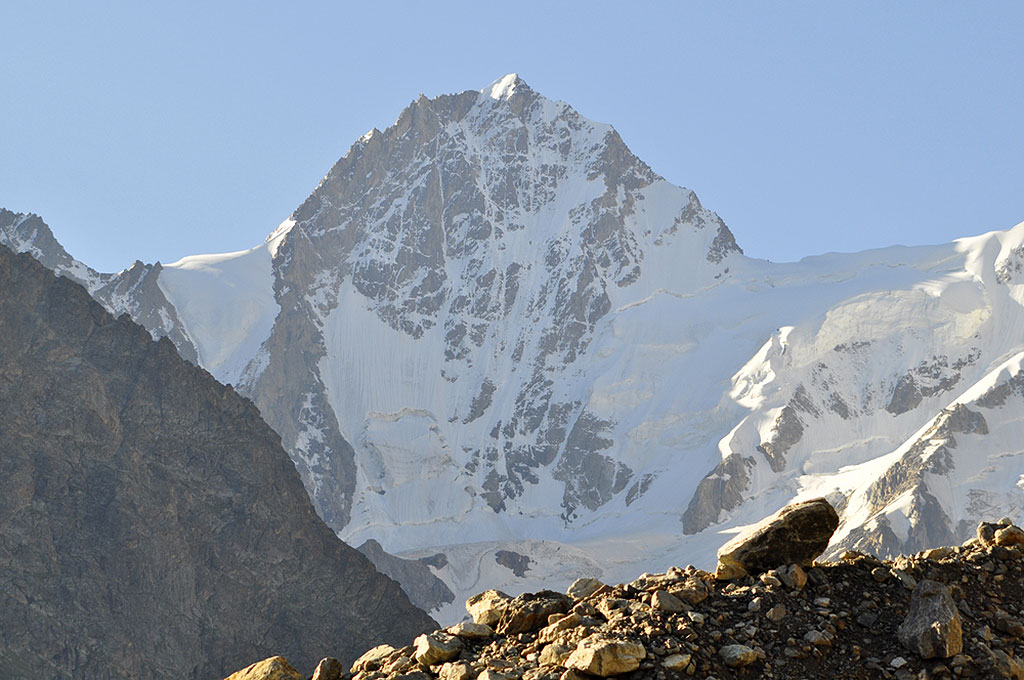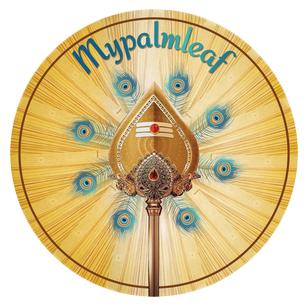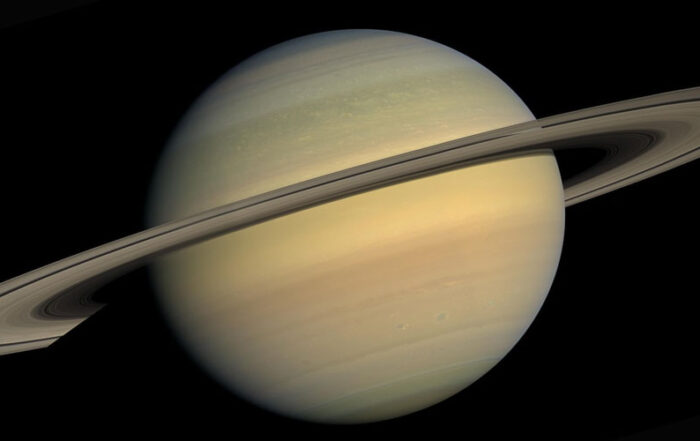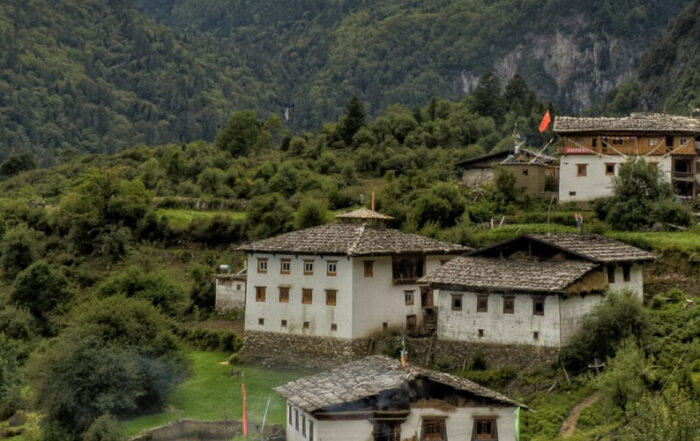Shambala is an oasis of compassion, love, freedom and light in a desert of ignorance and materialism.
There are many legends surrounding the sacred realm of Shambhala. Some saw it as a physical location. A paradise/eutopia hidden high in the Himalaya. To others, it is a mysterious land inside the (apparently) hollow earth, accessed through the (apparent) holes in the north and south poles of the planet.
To others still, the Land of Shambhala is a subtle astral realm. A realm populated by beings, some of whom once lived as humans on earth, who exist as emanations of love for humanity. They say these beings guide the spiritual development of humanity and have done so for as long as there have been humans.

It is the gateway between the physical and spiritual world hidden from the ones with closed hearts by a psychic barrier.
The most extensive writings on Shambhala are found in the Tibetan Buddhist Tantric teachings on Kalachakra. Although the legends themselves appear much earlier than The Buddhist tradition of Tibet.
In the Kalachakra teachings it says that only those who are ‘karmically worthy’ may enter this pure realm. The 14th Dalai Lama himself, while offering initiation in Kalachakra Tantra in 1985 said “we can only say that it is a pure land, a pure land in the human realm and unless one has the merit and the actual karmic association, one cannot actually arrive there.”
The sacred realm of Shambhala is largely shrouded in mystery. The knowledge of Shambhala is obscured by difficult to believe legends and allegorical/mythological stories. And yet such a realm does exist.
A recent Satsang series by spiritual master and Hridaya Yoga founder, Sahajananda, exposes with a wealth of directly experiential and theoretical understanding about this realm, its role in the evolutions of humanity and the real possibility that any of us has of making a direct, experiential connection with Shambhala.
This article is a combination of summaries of ideas expressed by Sahajananda in the series plus bits of additional research.

What is Shambhala?
Let’s start by looking at the various names and cultures, by and in which the sacred realm of Shambhala has appeared.
Etemology:
In Sanskrit:
Sham = happiness tranquility
Bhala (bhal) = to give
In Tibetan:
Bde’byung = the source of happiness
The source of happiness is a name given to Lord Shiva. K’am-trul Rinpoche, a Tibetan lama who played a large role in the propagation of the teachings of Shambhala, himself refers to Shambhala as the land held by Shiva
The collective mythology of humanity contains many other names for this realm. Including Agartha, Shangri-la, The land of the living, forbidden land, the land of white waters. The land of radiant spirits, the land of living fire, the land of the living gods, the land of waters.
Many cultures have written about a mystical subtle kingdom that spiritually supports humanity. Hindus speak of Paradesha, aryavarsha – the land from which the vedas came. The Chinese recognize a land known as Hsi Tien. These writings pre-date the Buddhism of Tibet. In Europe the Celts spoke of Avalon. Christians and jews speak of the garden of Eden. Hebrew legends refer to ‘Luz’ an underground city near a sacred mountain, the abode of immortality.
We can clearly see many different names and historical occurrences. It is clear that the idea of a special, secret hidden realm is not unfamiliar to humanity. A realm of such spiritual significance indeed appears in many ancient cultures.
The Names Themselves Evoke the Grace
The names themselves paint for us a picture of what such a realm means and has meant historically. Sahajananda points out that the names themselves are not just historical details of scholarly interest. Contemplating the name by which the realm is known is a way of evoking the connection with Shambhala.
For instance, who isn’t inspired by a mythical land referred to as the land of living fire. At the very least it paints a vivid image in the mind. And what practitioner of yoga wouldn’t immediately be intrigued by a ‘land held by Shiva’.
Even the phrase, ‘the sacred realm of Shambhala’ can deeply inspire us.
Shambala is the very expression of perfection, an ultimate manifestation of peace and harmony, the abode of those who have the mind and soul pure. Who radiate compassion and long towards spiritual awakening for the benefit of all sentient beings.
As the possibility of a new earth
Sahajananda considers that, in its most refined sense, Shambhala more intimate than an astral realm. He says it is the hope of freedom that exists in human consciousness. It Is the guiding light that lives in each being, as the knowing that truth and freedom are possibilities. And as the willingness in human beings to dedicate their lives to seek and to live truth and freedom.
From this perspective, the legends of Shambhala increase spiritual aspiration. They inspire us to elevate our souls above mediocrity, selfishness and ignorance. Directing instead our minds and souls towards eternity.
However these legends are just reminders. The stories touch and resonate with the deep knowing within our being. They remind us that we already know the grace of this subtle realm.
Sahajananda encourages people not to refer to Shambhala as a subtle realm. Instead he insists that it should be known as the living possibility of this reality manifesting in our world. He says that Shambhala is a bridge between earth and heaven, man and god. That this bridge should be understood as the spiritual heart. As the Inner knowing of that reality.
Shambhala then is the inner knowing of, and the complete dedication to truth. The faith and the trust that can manifest that reality in this world.
As a Physical Location
Many times it has been asserted that Shambhala is or was an actual location, usually considered to be in eastern Asia, north of Modern day Tibet. According to some, during World War 2 Nazi officers were sent to the Himalaya to search for this mysteriously powerful land.
According to Madame Blavatski of the philosophical society, there was once a sea that covered what is now the Gobi desert. In the middle of that sea there was an island, equated with Atlantis. The inhabitants of this Island taught knowledge and practices to ancient Indians.
A Hindu student of hers claims that this ancient society taught the knowledge which later became the Vedas. The esoteric understandings that fed into what we know as Yoga and Tantra were also taught by these Atlantians.
It is also theorised that somewhere in the Himalaya there is a secret entrance to the inside of the physical earth. In this perspective, the earth is considered hollow. Deep inside the earth there is said to be a kingdom named Agartha. The inhabitants are enlightened beings who guide humanity.
As an Astral Realm
According to legend, Shambhala exists as a subtle astral realm. It is Ruled over by a benevolent king. This king will emerge to usher in a golden age when the world has fallen to war and greed and all is lost. They say he’ll be accompanied by a large army who will vanquish the corrupt rulers of the world.
There is truth to this understanding. The access to this subtle astral realm can be made via meditation using the yantra of Shambhala.
As the Archetype of a Perfect Spiritual Sangha,
A more practical way to understand the influence of this realm on humanity is expressed by Sahajananda. He considers Shambhala the archetype of a perfect spiritual community. He says that anywhere in the world where human beings gather and commit their lives to spiritual practice is a manifestation of the wisdom of Shambhala. That the influence of this subtle realm expresses itself as by way of the pure intention of spiritual communities to uplift and support humanity.
The Palm Leaves and the Sacred Realm of Shambhala
At My Palm Leaf, we work with the palm leaf prophecies. We consider that they are themselves expressions of the grace of the realm of Shambhala.
These leaves were written centuries ago by the same Saptarishi that wrote the Vedas. As we have now seen, the Vedas themselves are expressions of the wisdom of Shambhala. They were composed to guide humanity as we descended into the age of the Kali Yuga.
The primary purpose of the palm leaf readings is not to impart the information contained within them. The palm leaf prophecies act as a medium for connecting people to the wisdom of Shambhala.
They remind us firstly that grace is available to us. That guidance and support are always available. And they remind us to trust. To trust in the possibility of Love, Truth and Freedom as living realities on this earth.
Specifically, the practice of the pujas recommended in the leaves facilitates a special kind of connection. One that is formed between the seeker and the deity.
CONCLUSION
The teachings and legends of Shambhala are many things. Beautiful, Inspiring, Mysterious. They are also somewhat unclear in many aspects. Subtle astral realms and ancient, advanced, hidden kingdoms high in the mountains or buried inside the (hollow?) Earth may be a little outside the box for some.
However, all of us know in our hearts that the way we are living on this earth is not totally coherent. We know deep down inside that there is such a thing as lucid and complete freedom. We know that a world and society based on total trust, love and openness is possible.
In their essence, the legends of Shambhala remind us of this. Mystical initiations aside, at least for now, the connection to that realm essentially lies within us. In that intimate inner knowing.
There are many ways to connect with and amplify that faith. Indeed the spiritual path is essentially a journey from, towards, and in that faith. And one of those ways is available right here, through the grace of the palm leaf prophecies.

About My Palm Leaf
The legends say that thousands of years ago, a group of Indian sages perceived the lives of people living throughout all ages and wrote them onto the Palm Leaves. These manuscripts are stored in temple libraries all over the south of India.
We help you to find your manuscript, have a reading online and receive the guidance of the sages. This guidance can assist you to overcome obstacles in your life, and understand your life from a higher perspective.


